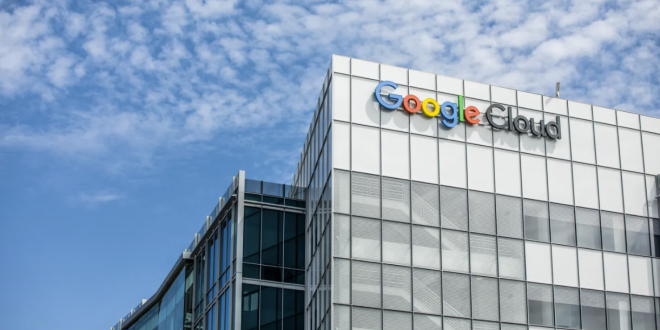Google is making Imagen 2, its AI model that can create and edit images with a text prompt, more widely available to Google Cloud customers using Vertex AI who have been approved.
The company isn’t disclosing which data it used to train the new model or offering creators who accidentally contributed to the data set a way to opt out or get compensated.
Google’s enhanced model, Imagen 2, was teased at the tech giant’s I/O conference in May and developed using DeepMind technology. Google claims it’s “significantly” improved image quality compared to the first-gen Imagen (the company bizarrely refused to share image samples before this morning) and adds text and logo rendering.
“If you want to create images with a text overlay—for example, advertising—you can do that,” Google Cloud CEO Thomas Kurian told a Tuesday press briefing.
Text and logo generation put Imagen on par with OpenAI’s DALL-E 3 and Amazon’s Titan Image Generator. Imagen 2 can render text in Chinese, Hindi, Japanese, Korean, Portuguese, English, and Spanish, with more coming in 2024, and overlay logos in images.
“Imagen 2 creates emblems, lettermarks, and abstract logos. Vishy Tirumalashetty, head of generative media products at Google, told in a blog post before today’s announcement that it can overlay these logos on products, clothing, business cards, and other surfaces.
Imagen 2 understands descriptive, long-form prompts and provides “detailed answers” to image element questions thanks to “novel training and modeling techniques.” Google says these methods improve Imagen 2’s multilingual understanding, allowing the model to translate a prompt in one language to a logo in another.
Imagen 2 applies invisible watermarks to its images using Deepmind’s SynthID method. The Google-provided tool to detect these watermarks, which Google claims are resistant to image edits like compression, filters, and color adjustments, is not available to third parties. However, policymakers’ concerns about AI-generated disinformation on the web may calm some fears.
Google didn’t reveal Imagen 2’s training data, which is disappointing but not surprising. The legality of big AI vendors like Google training a model on publicly available, even copyrighted, data and then commercializing it is unclear.
Vendors claim fair use doctrine protection in relevant lawsuits. However, it will take time to settle.
Google is keeping quiet, unlike with the first-gen Imagen, which used a version of the public LAION data set to train the model. LAION contains private medical images, copyrighted artwork, and photoshopped celebrity porn, which is bad for Google.
Stability AI and OpenAI, which launched a few months ago, let creators skip training data sets. Adobe and Getty Images are creating creator compensation schemes, but they may not be fair or transparent.
Google, like its competitors like Amazon, does not offer creator compensation or opt-outs. It appears that won’t change soon.
Google protects eligible Vertex AI customers from copyright claims related to training data and Imagen 2 outputs with an indemnification policy.
Corporate customers and developers worry about generative models regurgitating training examples. An academic study found that the first-gen Imagen spitting out identifiable photos of real people, copyrighted artist work, and more when prompted.
As expected, nearly a third of Fortune 500 companies surveyed by Acrolinx said intellectual property was their biggest concern about generative AI. Another poll found that 90% of developers “heavily consider” IP protection when choosing generative AI.
The newly expanded Google policy aims to address this concern. (Google previously excluded Imagen outputs from indemnification.) Regarding creator concerns, they failed this time.
 Tech Gadget Central Latest Tech News and Reviews
Tech Gadget Central Latest Tech News and Reviews




